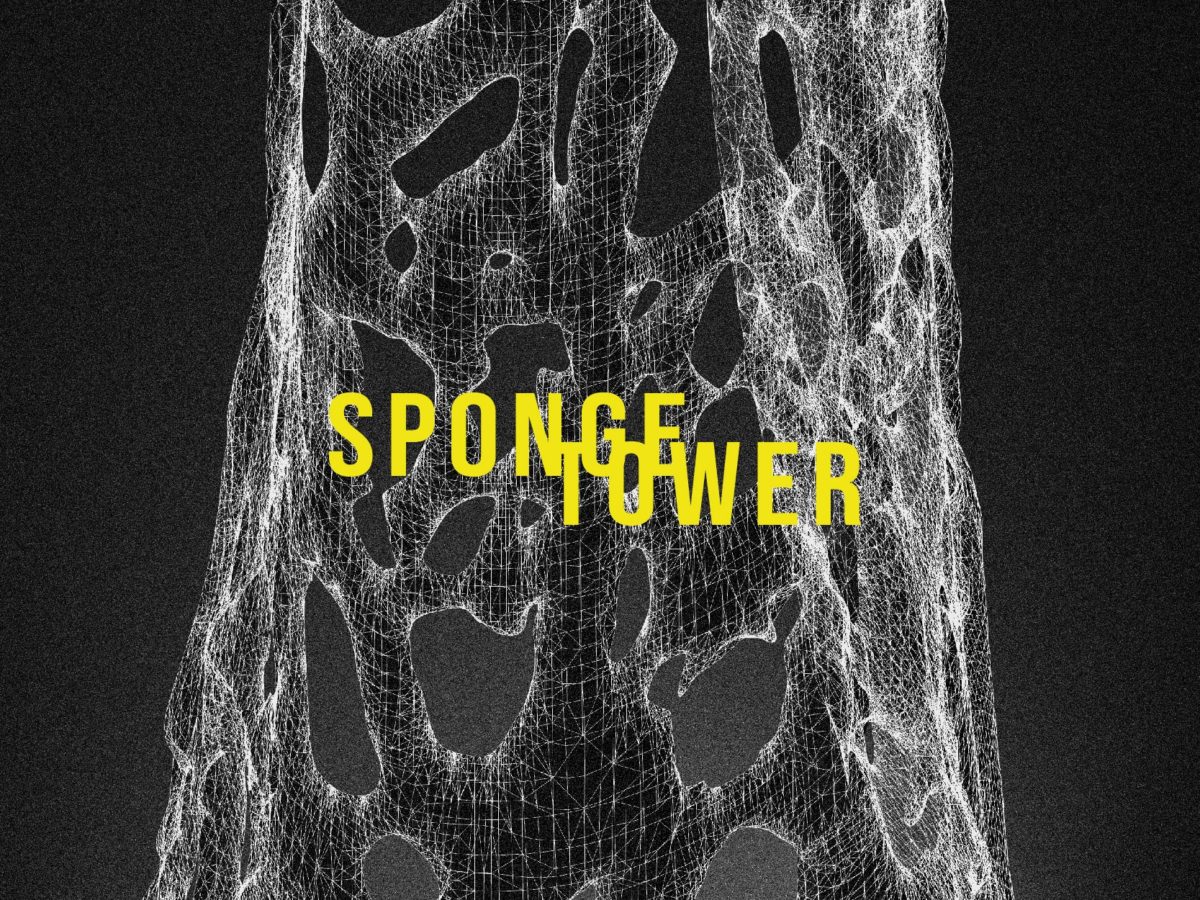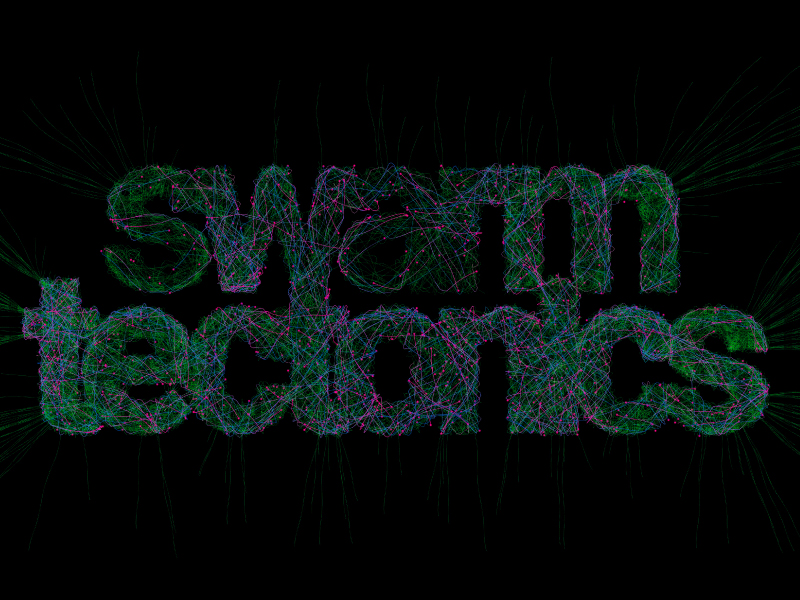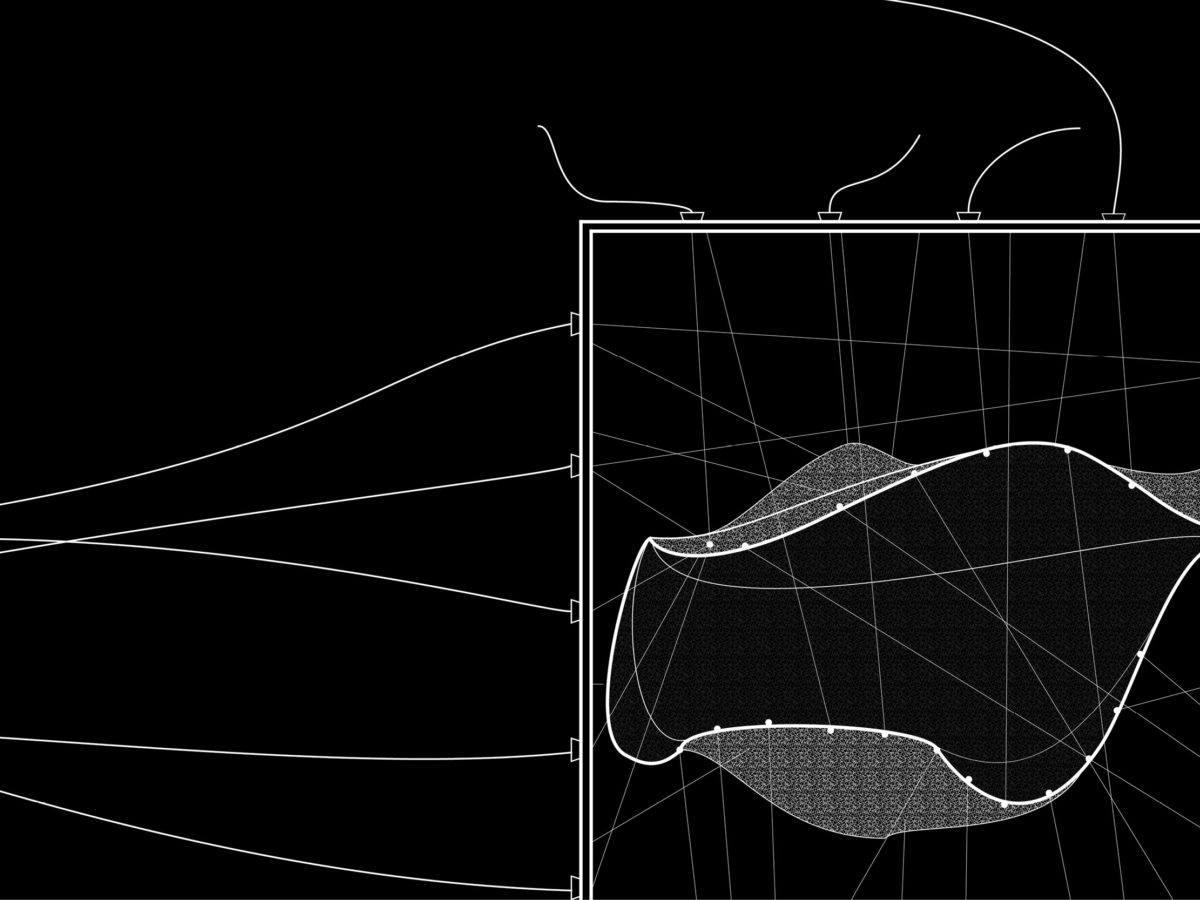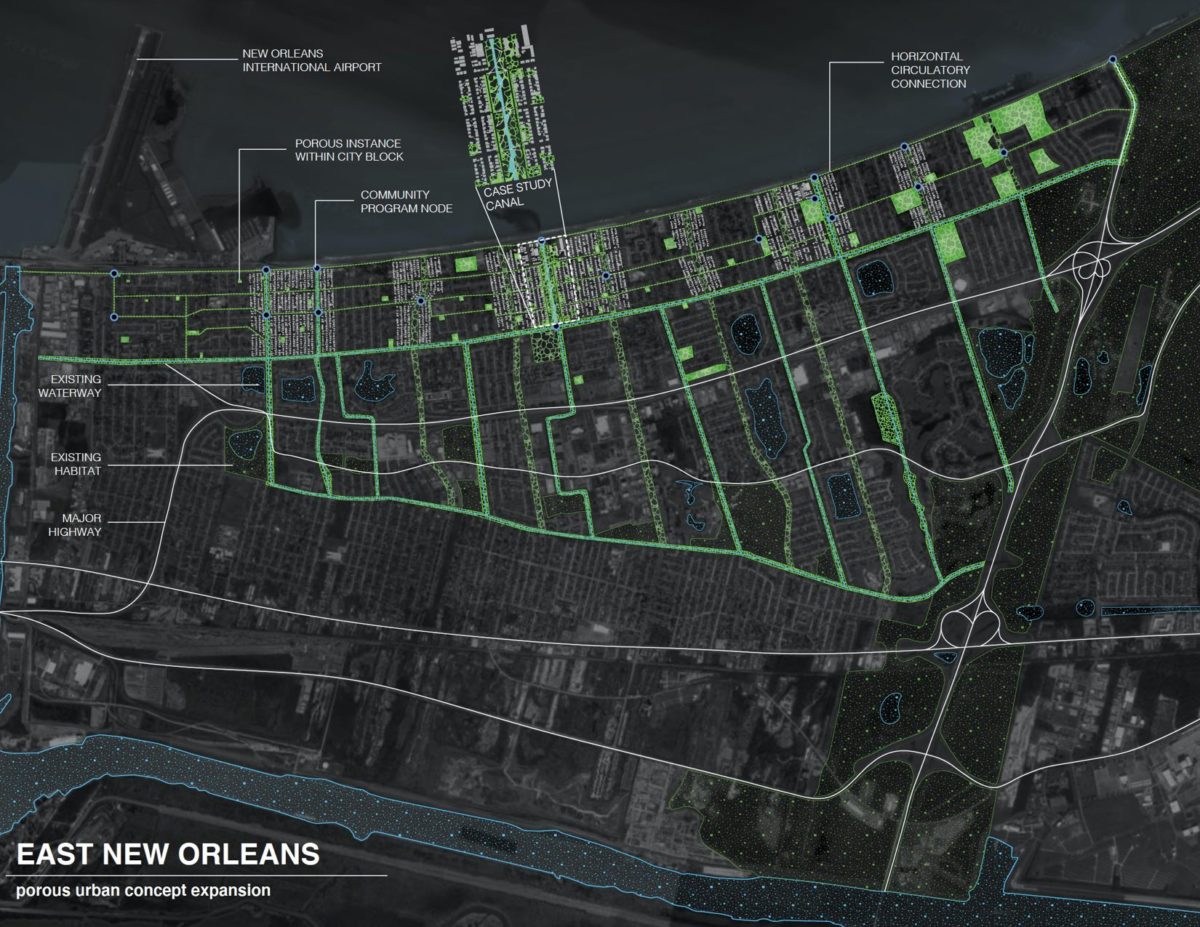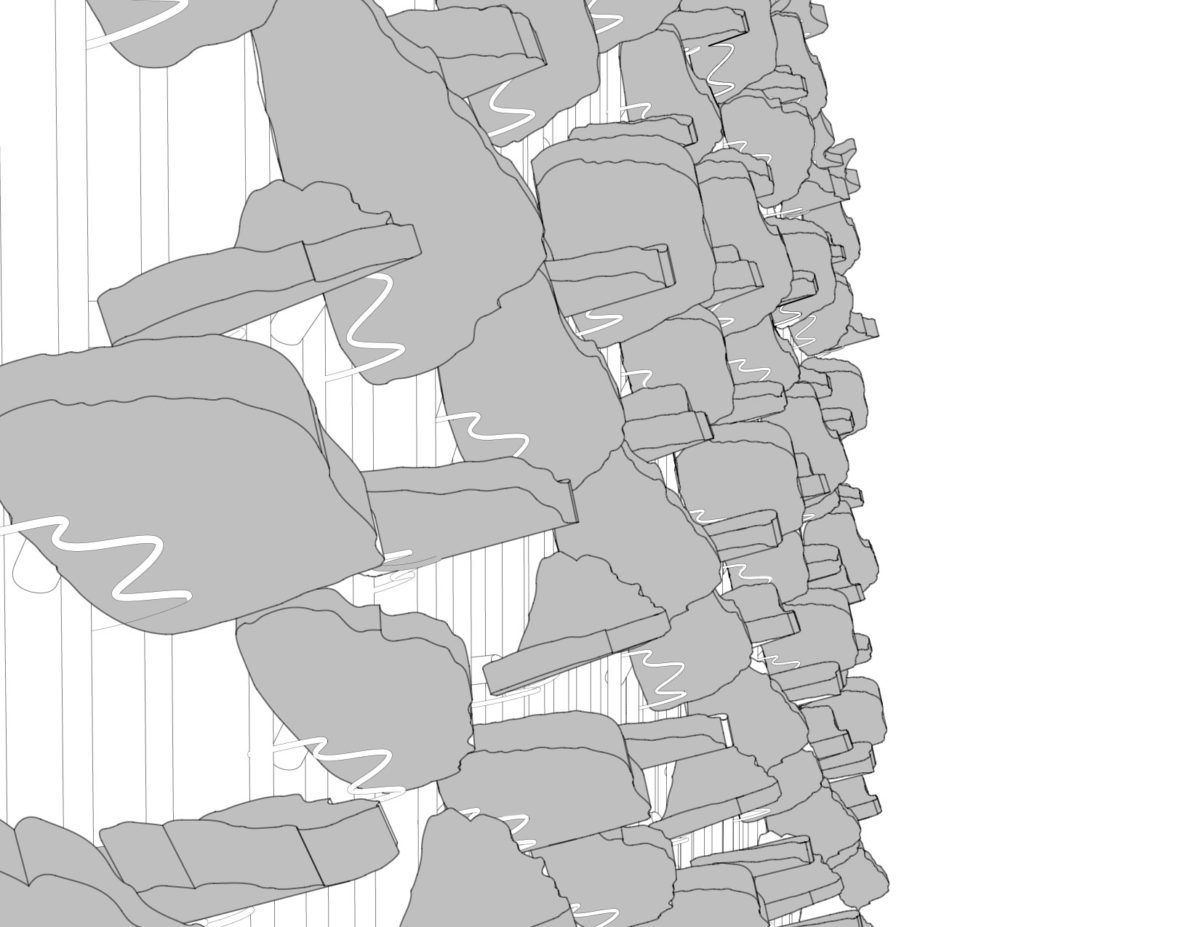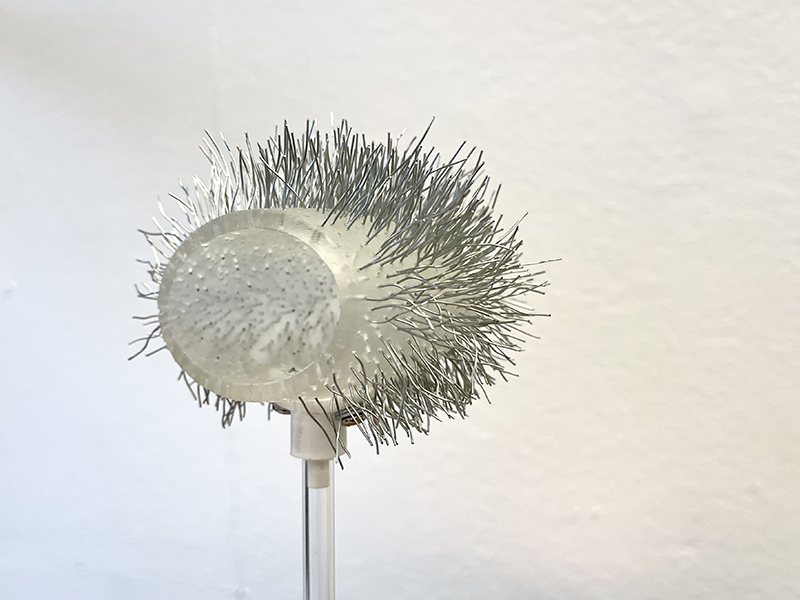The “Sponge Tower”, uses luffa and venus flower basket sponges as biomimetic references to produce a new fiber bundle structure. The biomimetic references have unique properties such as a high-strength-to-weight ratio, flexibility, and porousness. Both sponges’ spicules are arranged in a specific pattern that gives them strength and resilience. During the design process, the Midjourney AI program is utilized to optimize the material’s properties for sustainable and efficient building prototypes. The final design and model, sponge-inspired tower, offers sustainable benefits in terms of architecture, by mimicking the natural properties of the sponge. The generated fiber bundle structure provides enhanced strength and durability, which allowed the creation of a taller and more structurally sound tower without additional materials or resources.
